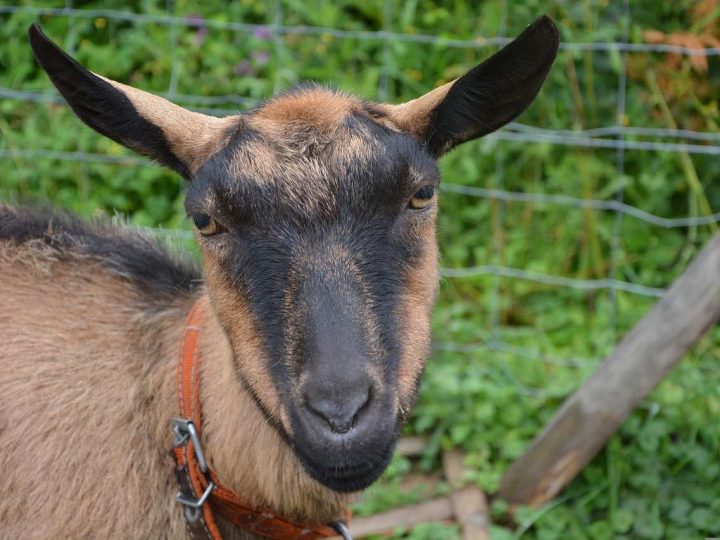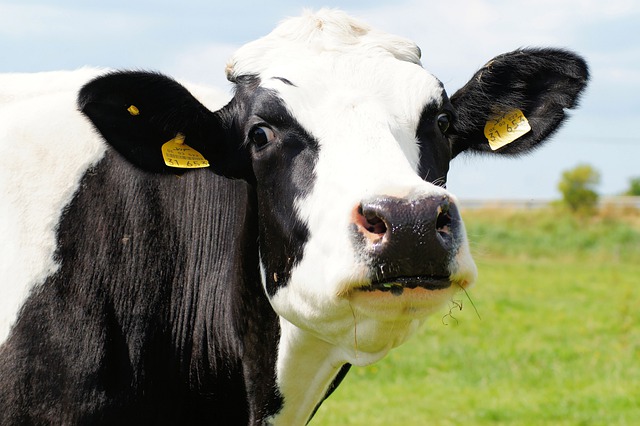
Organic farming requires compliance with standards concerning the control of the origin of the animals, their place of living, food and veterinary care. On the other hand, dehorning in organic farming is not prohibited, but left to everyone’s discretion. It must of course respect the age requirements – less than 8 weeks – as well as the anaesthetic and disinfection precautions so as not to make the animal suffer and to ensure rapid healing in the best conditions.
The conditions for dehorning in organic farming
Dehorning in organic farming is strictly regulated, but allowed. Some breeders prefer not to use it at all. Others have mixed farms or farms with only dehorned animals. Disbudding may be allowed on a case-by-case basis for safety reasons or if it is intended to improve the health, welfare or hygiene of the animals.
Dehorning must be carried out before the age of two months. After this period, the breeder must justify the intervention and request an exemption. In all cases, whether the farm is organic or not, dehorning after 8 weeks is strongly discouraged.
Indeed, before two months, the horn is not yet fused to the skull bone and is not connected to the frontal sinus and its dense venous system. Afterwards, the procedure is painful, even with anesthesia, and the risk of bleeding and infection are very high.
Before the calf is 4 weeks old, anaesthesia is not compulsory, although it is strongly recommended. A subcutaneous injection in each area where the horns are located is all that is needed. According to the recommendations of the Council of Europe, disbudding requires local or general anaesthesia performed by a veterinarian or other qualified person (in this case the breeder), in accordance with national legislation.
On the other hand, analgesia is compulsory.
The advantages of a dehorned herd
According to the testimonies of the breeders, relations within the herds outside are excellent, in the vast majority of cases. It is generally during the return to the barn that conflicts can arise.
The blows are not related to the fact of having horns, but because of the overcrowding when the animals are concentrated in a too restricted space. Moreover, some animals meet for the first time in a building and the first contact is not always easy… As soon as the population is dense, the risks of confrontation multiply.
Without horns, a conflict results in some bruising, but with horns, injuries can be more serious.
On the other hand, dehorning facilitates movement between animals and especially access to the feed trough. It also avoids the risk of getting stuck in the feed fence when accessing food.
Dehorning rules in organic farming
In addition to the young age, anaesthesia and analgesic treatment, some precautions are to be taken for a dehorning with respect for animal welfare. It is necessary to undergo training to master disbudding and obtain a qualification.
Dehorning is carried out on animals less than 8 weeks old and the use of a restraining cage is strongly recommended. The calf is firmly held, which makes the operation easier and prevents any unwanted burns in the event of a false movement.
If there is no restraint cage, the feed fence can be used. In this case, it is advisable to reinforce the animal’s posture by adding a ring or halter.
In both cases, it is better to take the time to get the calf used to it before disbudding, in order to reduce stress on the day of the operation.
Shearing of the intervention area is essential to locate the horn and avoid the risk of infection.





